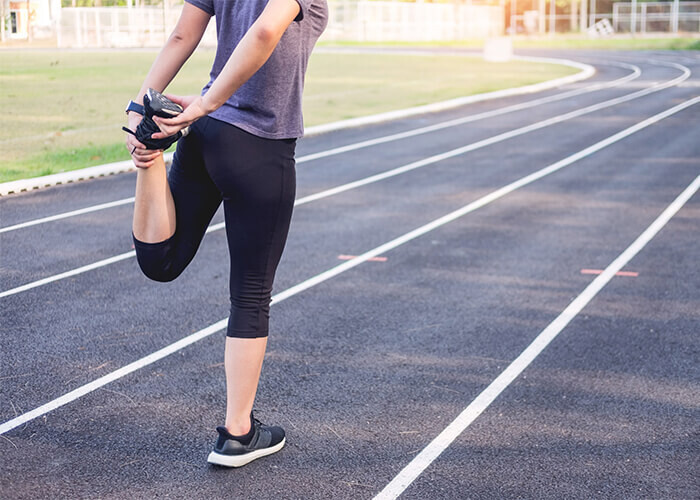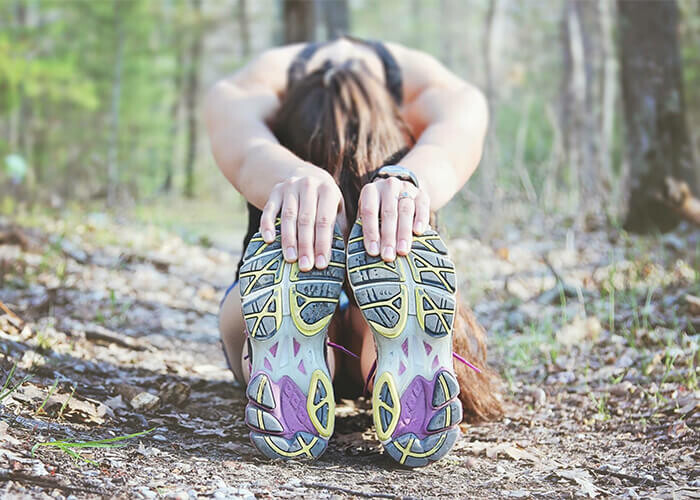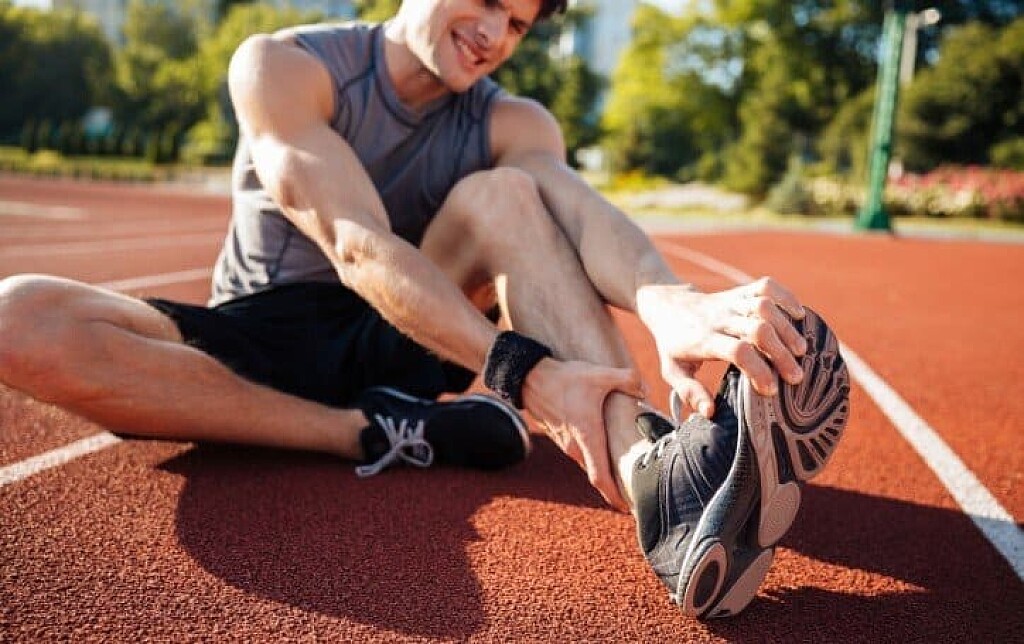Running News Daily
Running News Daily is edited by Bob Anderson. Send your news items to bob@mybestruns.com Advertising opportunities available. Train the Kenyan Way at KATA Kenya and Portugal owned and operated by Bob Anderson. Be sure to catch our movie A Long Run the movie KATA Running Camps and KATA Potato Farms - 31 now open in Kenya! https://kata.ke/
Index to Daily Posts · Sign Up For Updates · Run The World Feed
Three tips to prevent muscle cramps
Every runner knows the feeling – one minute you’re happily cruising along, the next you’re clutching at your calf in pain.
You’ve got a cramp, or an exercise-associated muscle cramp (EAMC), as the experts call it.
But what exactly are you experiencing?

A muscle cramp is a painful, spasmodic and involuntary contraction of skeletal muscle. It occurs most often in the quadriceps, hamstrings and calf.
Runners generally start to cramp at the beginning or end of a run.

While it’s still unknown exactly what causes cramping, it’s thought that fatigue, low fitness levels, dehydration, excessive sweating and inflexible muscles may all increase your risk.
Here’s some advice on how to reduce your risk of cramps and find relief when they do occur.
1. Be prepared
Cramps are less common in runners who are well trained and correctly conditioned for the distance they are participating in.
In other words, if you haven’t put in the hours to ensure your body can withstand the kilometres and speed, you’re more likely to experience cramps.
Start slow and work up to a high level of intensity during training sessions, rather than going all-out straight away.
If training’s not your thing and you’re just going to ‘wing-it’ on the day, try to take it slow and steady to avoid cramping up.
2. Hydrate, hydrate, hydrate
Dehydration is another risk factor for cramps, so it’s important that you drink sufficient water before, during and after exercise.
But how much water should you drink? According to Sports Dietitians Australia, this all depends on your “sweat rate”.
To find out your sweat rate, weigh yourself before and after an hour-long run. The weight you lose, in grams, is approximately the amount of fluid you need, in millilitres.
For example, if you lose 600g after an hour-long run, you should consume around 600ml of water per hour over a training session.
It’s also worth noting that you shouldn’t go overboard, as over-hydrating is also an issue.
To keep it really simple, weigh yourself before and after exercise. If you weigh less - hydrate more; if you weigh more - hydrate less.
3. Fuel well
We need to consume the right nutrients for our body to function at its best.
Fuelling our muscles helps to avoid glycogen depletion, which can lead to fatigued muscles and, as a result, cramping.
Carbohydrate foods help us top up our glycogen stores, while protein-rich meals can support muscle recovery and repair.
A healthy balanced diet should provide sufficient carbohydrate and protein for 4 km runners and 12km walkers.
For 12km runners and half marathoners your needs will likely be higher and require more planning.
If a cramp does strike…
Start by stretching the muscle and gently rubbing the area to try and relax it.
If the cramp is in your calf, try putting your weight on the affected leg and bending your knee slightly.
If you are unable to stand, sit on the floor or a chair and extend the affected leg. Keep your leg straight and pull the top of your foot on the affected leg towards your body. This method will also help with a hamstring cramp.
For a cramp in your quads, stand and hold on to a chair, then pull your foot on the affected side towards your buttocks.
Login to leave a comment




